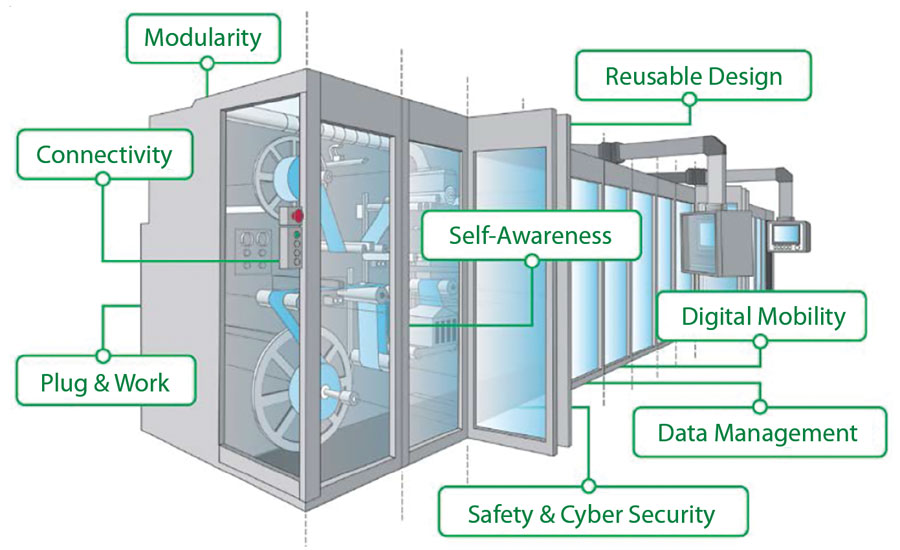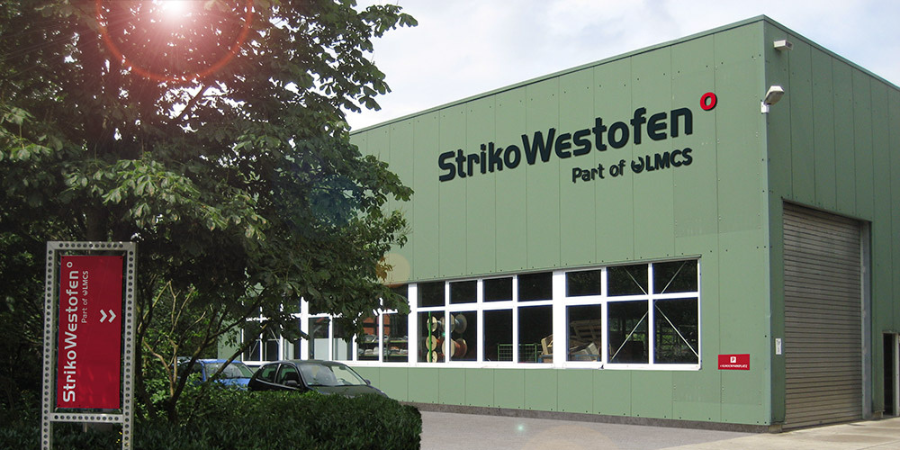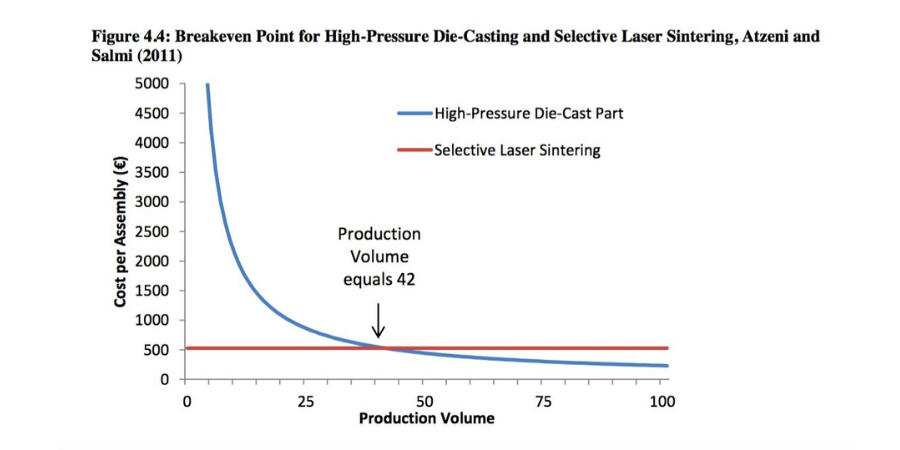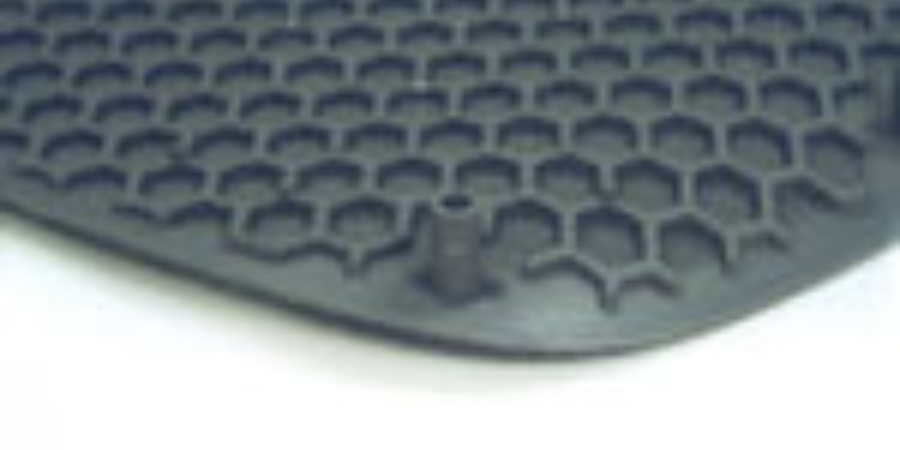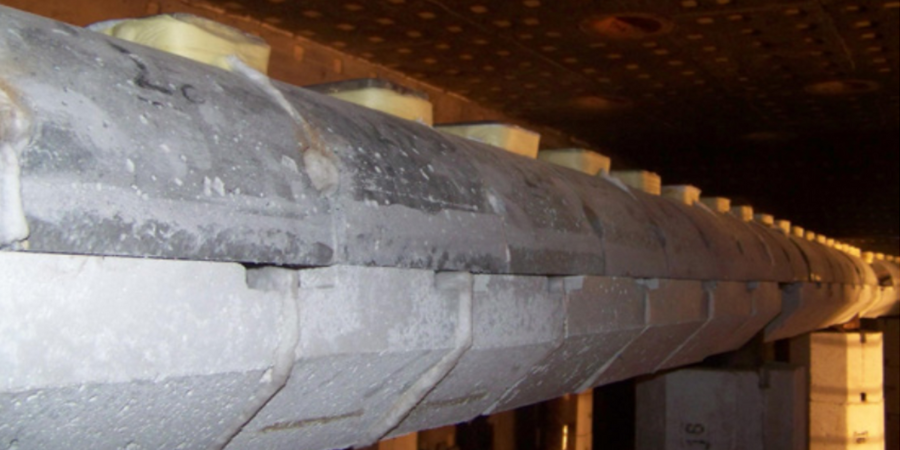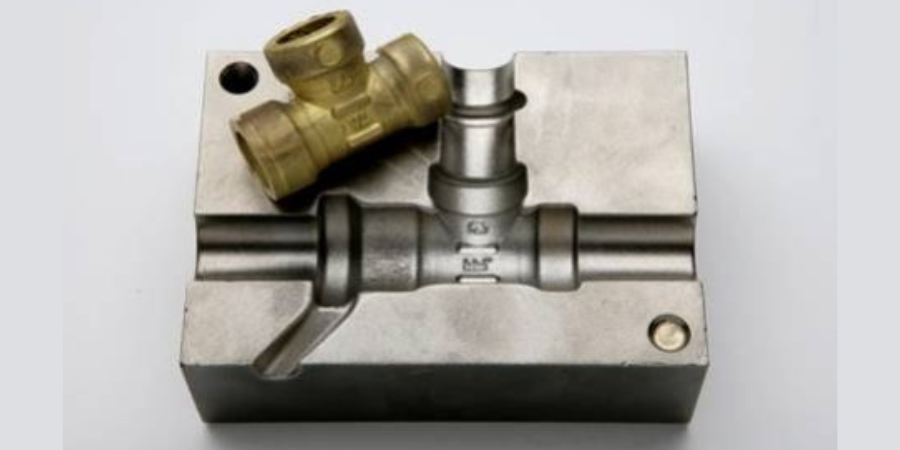As of immediately, StrikoWestofen covers another step in the production chain of the light metal casting industry. From now on, heat treatment units for cast aluminium parts are another core competence of StrikoWestofen.
This is made possible by the recent takeover of the employees of BPR-Engineering GmbH from Rheda-Wiedenbrück. The 20 years of expertise of Frank Herkenräder, the founder of the company, and his team form the basis of the new StrikoWestofen business unit Heat Treatment.
The goal of this extension of our product portfolio is to meet the customers’ needs even better. The new Heat Treatment business unit pursues a holistic approach: heat treatment furnaces, quenching units and product carriers are not seen as individual components of a system but as part of a whole. This allows enormous cost savings due to the better coordination of processes, in some cases bringing distorsions down to 0% and reducing energy consumption by up to 30%.
![]() Source: Eurotherm by Schneider Electric
Source: Eurotherm by Schneider Electric


